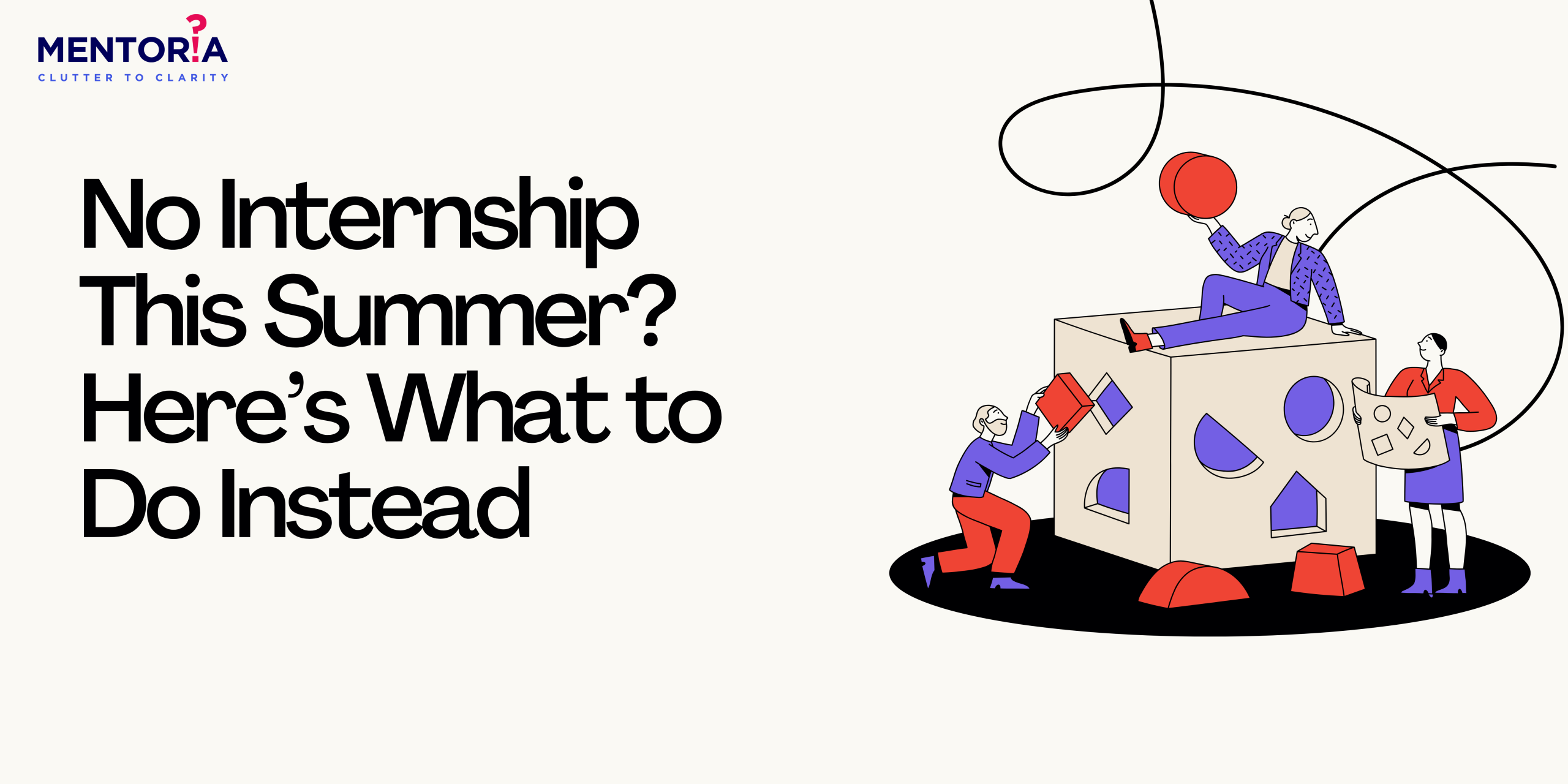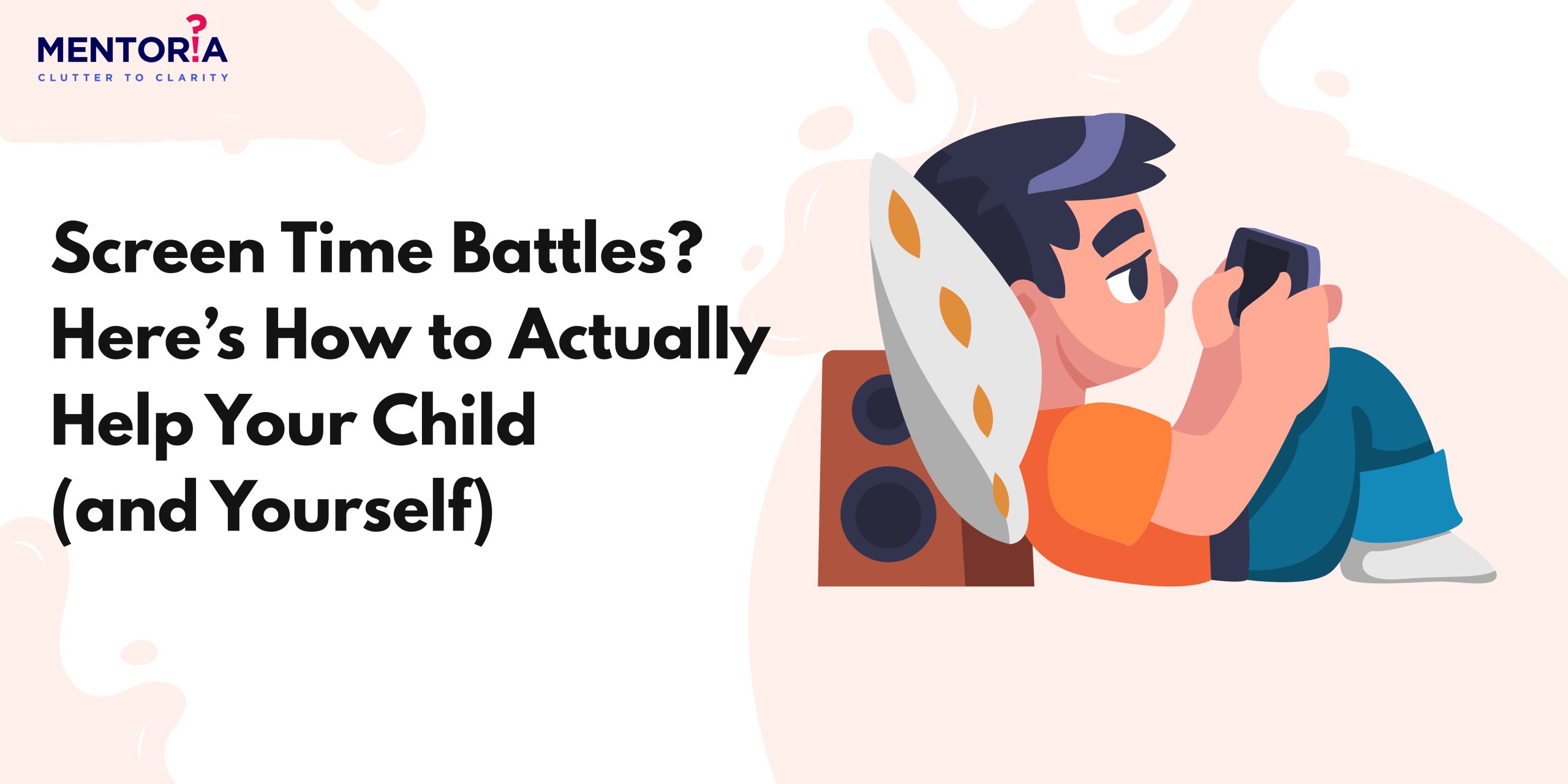7 Resume Writing Tips to Make a Good Resume

After graduation, we all have that holy crescendo moment of achievement and satisfaction. But, that doesn’t last very long. Once graduated, your next step is to find a job and put into action all you’ve learnt in the past few years. While you may have already decided what you want to do and where you want to go (in case you haven’t, click here), the one thing that gets most freshers stumped is the dreaded resume. It’s like that “Tell me a little about yourself” question all over again. Only this time you can’t say pass.
Employers are busy and don’t really have all the time in the world to go through every applicant with a fine comb. This is where your resume comes in. It needs to tell employers who you are, what you’re capable of, and why they should hire you; and tell them fast!
Looking for more career guidance and tips? Speak to Mentoria’s expert career counsellors to get updated, personalised guidance at any stage in your career discovery journey.
Here are a few tips we’ve pooled together to help you write your ideal resume:
1. Go back to your basics.

If you are one of those people who chose to only focus on studies, it’s okay. There are many other things you can add to your resume that speak about your capabilities. Take a trip down memory lane. Make a list of all of your achievements – any accolades you might have received. Also, feel free to include participation in any sports or other extra-curricular activities. Once you’ve made a list of your achievements, start filtering them out for those that are relevant to the job you’re applying for. For example, if you were applying for the job of a content writer, and you took part in a creative writing competition, or received recognition in school for your command over the language, add those achievements.
2. Select a layout.
An ideal resume template should have three distinct bifurcations – who you are, what you’ve achieved or are good at, and other commendable skills you possess. When it comes to the design, stick to a two-toned resume at the most and don’t go for any fancy fonts. Definitely no Comic Sans… never Comic Sans. In terms of layout, keep it simple. Remember, the only eye-catching part about your resume should be the content.
3. Begin with the details.

At first glance, the employer needs to know who you are. This will include your personal details and a brief summary of you. While listing out your personal details, there are a few things you should watch out for. One common rookie mistake is an unprofessional email ID. No one wants to hire noobmaster@gmail.com! Always create a separate email ID, most preferably with your first and last name included. Also, there is no need for you to include other details like age, height, weight, gender and photographs (unless explicitly asked). Lastly, always include a phone number to your resume.
4. Focus on your qualifications.
This one is the most crucial part as this will decide if you’re considered for the job or not. You need to list out your educational qualifications, and relevant skills and experience that you have. While creating this part, make sure you have the job description beside you to add in important keywords and skills listed in it. That’s right you need to tailor your resume for every job you apply to!
When listing out experience, be careful not to crowd up space. Even if you went crazy on internships and volunteer work, make sure you only highlight those stints that are relevant to the job. Most preferably in chronological order.
Are you looking for personalized guidance to figure out your career path? Take Mentoria’s holistic psychometric career assessment test to discover your ideal career based on your unique interests, skills and personality!
5. The end is the cherry on the top.

Once you’re done listing out all the skills that make you a perfect candidate, you need to dip back into the old “more about yourself bucket”. Here you can list out any extracurricular activities you’re good at, any languages you speak, soft skills you’ve developed over the years, etc. One thing you need to keep in mind while working this part is to show and not tell. For example, if you’re raving about your public speaking skills, don’t say “I have great public speaking skills. Instead, show: “I took part in the interschool debate competition,” or “I took part in several plays while in college,” etc. This not only sends the message but also provides credibility to your claims.
Plus point: These also become great conversation fodder during your interview.
6. Summarising it concisely.
We’ve said this before and we’ll say it again: Employers don’t have a lot of time to go through every last line in your resume. Here’s where a summary helps. Right after you list out your personal details, add 2-3 sentences about yourself. This can include your goal – I want to work with…; your qualification – I have completed my studies in…; and why you want to work in that particular field/ organisation. You can also add a cover letter along with your resume to talk more about your reason to want to work with the company.
7. Reviewing your resume.

Did we already mention that employers have limited time to spend on your resume? Once all is typed and done, check it 10 times. Try to find stuff that you could do away with or remove points that are taking away the spotlight from your highlights. Also, always use the active voice. It shortens your sentences and keeps you from beating around the bush. And stay on the lookout for typos. A typo though small will ensure your resume a cosy spot on the rejected pile. Lastly, always have a second and a third person take a look at your resume. You can even have them read it out to you so you can hear how it sounds. This is a great way to find any repetitions or unnecessary information.
We hope these tips help you write the perfect resume that lands you the job you’ve been vying for. Happy job hunting!
Kick-start your career discovery journey with Mentoria & be sure to find the right career fit for you. Our 4-step career guidance solution, helps us find the right career fit for you from 3 streams, 850+ courses & 12,000+ careers.






